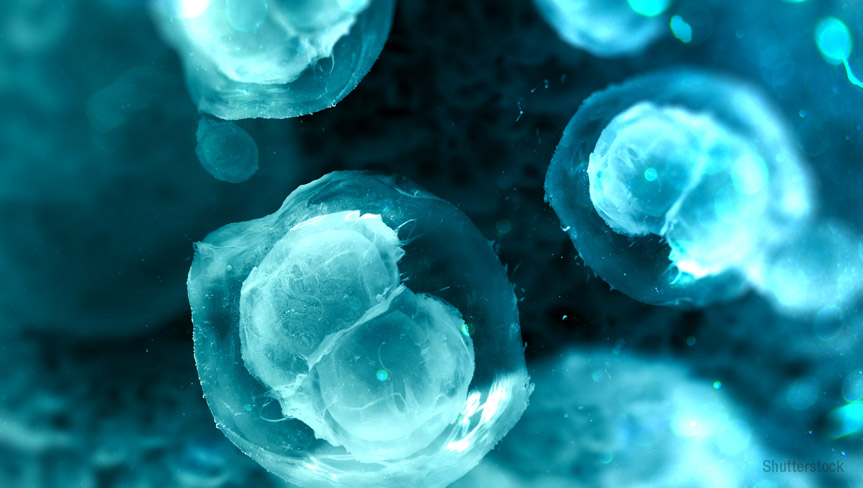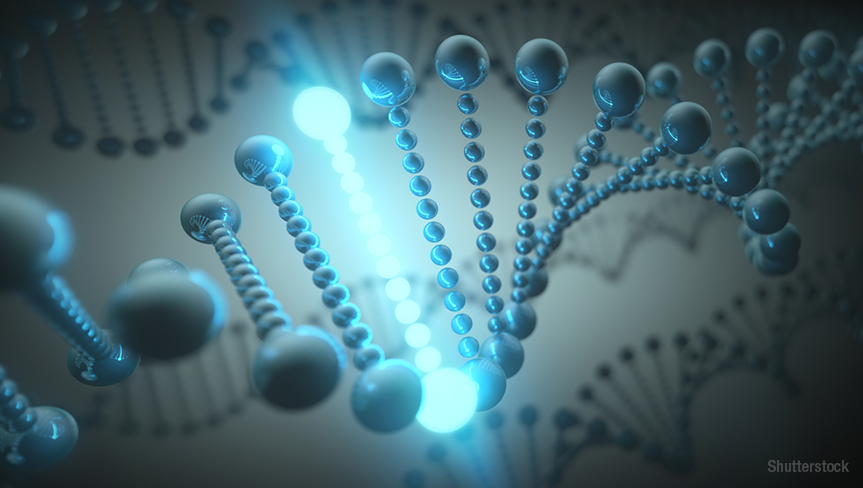18th May 2016
You were once a single cell
During fertilization of the egg by the sperm, the DNA of the sperm is injected into the egg. Both the sperm and the egg have a single set of chromosomes each, but the fertilized egg receives the DNA from the sperm and comes to possess both the sets of chromosomes. This fertilized egg cell stays as such for about half an hour and then proceeds to divide to form the multicellular embryo. Thus, all of us have spent about half an hour as a single cell.

